June 17, 2025 | 16:12 GMT +7
June 17, 2025 | 16:12 GMT +7
Hotline: 0913.378.918
June 17, 2025 | 16:12 GMT +7
Hotline: 0913.378.918

Nguyen Quy Duong, Deputy Director of the Department of Crop Production and Plant Protection, Ministry of Agriculture and Environment. Photo: X.A.
On the morning of March 3, in Ho Chi Minh City, the Vietnam Pepper and Spice Association (VPSA) held the opening ceremony of the Vietnam International Pepper and Spice Outlook 2025 (VIPO 2025), with the sponsorship of the Ministry of Agriculture and Environment, the Trade Promotion Agency (Ministry of Industry and Trade).The conference gathered the participation of more than 300 delegates, including experts, production and export enterprises, farmers, and representatives of local authorities.Of which, 51% of the attendees were international from leading associations of India, China... and 40% were buyers, promising to create a vibrant trading playground.The event began a series of activities to promote industry development and expand cooperation opportunities for pepper and spice exporting enterprises.Speaking at the opening ceremony, Nguyen Quy Duong, Deputy Director of the Department of Crop Production and Plant Protection, Ministry of Agriculture and Environment, emphasized that Vietnam is blessed with favorable climate and soil conditions, creating a solid foundation for the cultivation of industrial crops, fruit trees and especially pepper.
According to statistics, by the end of 2024, the pepper growing area will reach 110,500 hectares with an average yield of 260 kg per hectare, double the global average (127 kg per hectare), and an output of about 200,000 tons.
In 2024, pepper export turnover reached USD 1.32 billion. Notably, the pepper growing area is only about 15% of the coffee growing area and 12% of the rubber growing area. Still, it contributes about 23% of the coffee export value (USD 5.6 billion) and more than 38% of the rubber export value (USD 3.4 billion), opening up great development potential if the industry is adequately exploited.
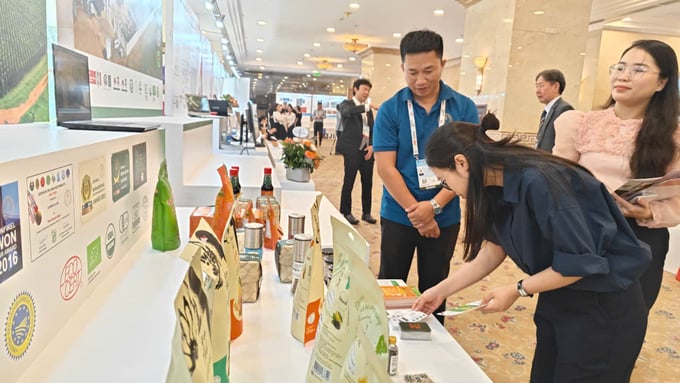
Pepper and spice businesses participate in product display and introduction. Photo: X.A.
In addition, Vietnam is also a leader in the production and export of other spices such as cinnamon (nearly 200,000 hectares, accounting for about 20% of the global cinnamon growing area); anise (55,000 hectares, second in the world after China); other spices: ginger, turmeric,... serving domestic demand and many international markets. Mr. Nguyen Quy Duong said that the context of increasing demand for natural and organic spices in the world opens up many opportunities for Vietnamese enterprises to develop in a sustainable direction and increase domestic value.
Hoang Thi Lien, Chairwoman of VPSA, affirmed that the Vietnamese pepper and spice industry still maintains an essential position in the global market when Vietnam accounts for about 40% of total output and nearly 55% of the world's pepper export turnover. However, fluctuations from climate, political conflicts and trade wars also require strict risk management for the industry's supply chain.
VIPO 2025 has been taking place until March 5 with in-depth discussions on sustainable development and risk management. At the same time, it is an opportunity for businesses to display products, promote trade and affirm the economic value of Vietnamese spices in the international market.
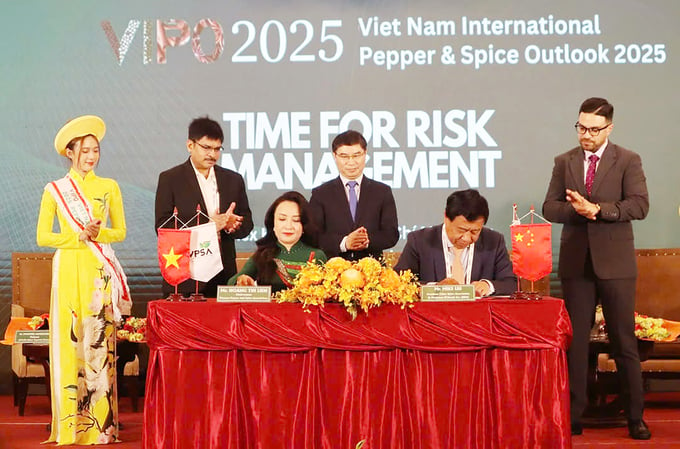
Memorandum of Understanding signing ceremony between VPSA and China Spices Association. Photo: X.A.
On this occasion, the Vietnam Pepper and Spice Association and the China Spice Association signed a memorandum of understanding on cooperation in the sustainable development of the Vietnamese pepper industry.
Mike Liu, Chairman of the China Spice Association, said that 20 Chinese enterprises participated in this event to seek cooperation opportunities with Vietnamese enterprises from production to export. From there, together with the Vietnam Pepper and Spice Association, we will bring pepper in particular and Vietnamese spices in general to the world.
Orientation for pepper development by 2030, the adjusted area will be about 80,000-100,000 hectares, the yield will be 240-250 kg per hectare, the output will be about 200-230 thousand tons.
By 2030, strive for about 40% of pepper growing area to meet GAP standards and equivalent; about 40-50% of pepper growing area will be granted a production unit code with product traceability. The area for replanting and improving varieties with new high-quality varieties will be about 40-50%;
Develop pepper growing areas according to organic standards and other standards such as VietGAP, GlobalGAP in key production areas such as Dak Nong, Dak Lak, Binh Phuoc, Gia Lai, Dong Nai, Ba Ria - Vung Tau and other provinces such as Lam Dong, Quang Tri; By 2030, the organic pepper area will reach 5,000 hectares, accounting for 5% of the pepper area.
Translated by Huong Giang
/2025/06/17/2013-1-nongnghiep-112009.jpg)
(VAN) This notable growth trend reflects the global taste for fresh, nutritious fruits and the expanding use of lychees across various sectors.
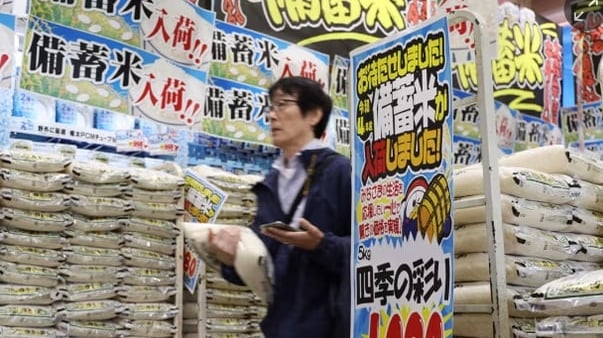
(VAN) The political and cultural insulation of Japan’s beloved grain is falling apart, and experts warn the country’s relationship with the staple will have to adapt.
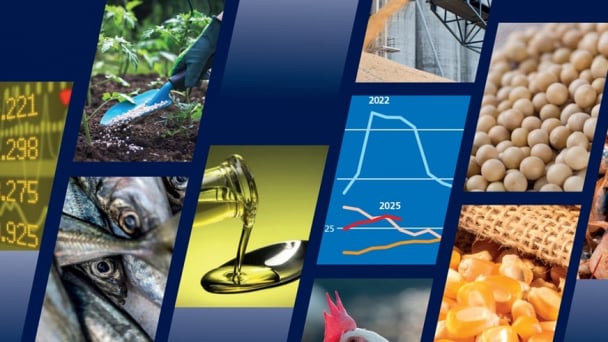
(VAN) Noting risks, report examines impacts of avian influenza, changing trade patterns since 2022, fish fraud, and shipping industry’s net-zero goals.
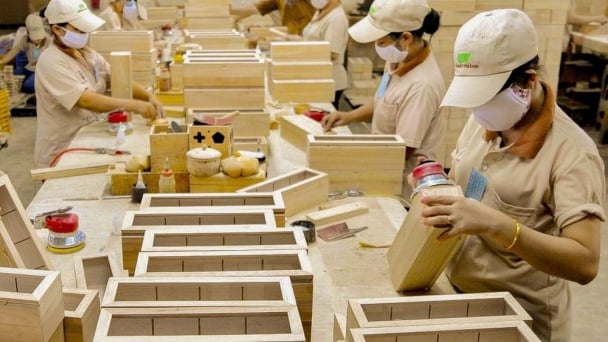
(VAN) Mr. Tran Quang Bao, General Director of the Forestry and Forest Protection Department, met and worked with the International Wood Products Association to promote cooperation in the field of timber trade.
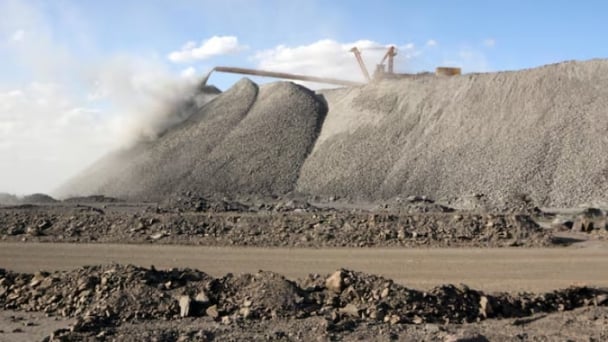
(VAN) China's outbound shipments of rare earths in May jumped 23% on the month to their highest in a year, though Beijing's export curbs on some of the critical minerals halted some overseas sales.

(VAN) To sustain capital flow, administrative reform alone is not enough; what farmers truly need is an ecosystem where both government and businesses grow together in support.

(VAN) Vietnam and the United States are proactively working together, each in their own way, to ensure that every container of agricultural goods carries not just products, but also long-term trust and value.